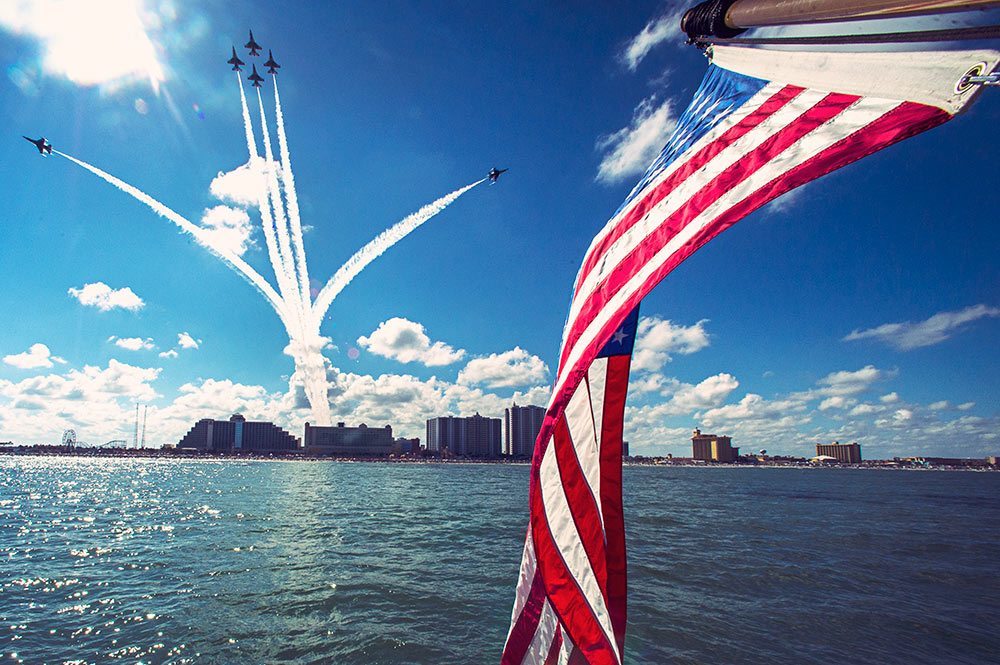In 1947, while the jet age was still in its infancy, military aviation was hurtled into the future with the creation of the U.S. Air Force as a separate service. Just six years later, on May 25, 1953, the Air Force’s official air demonstration team, designated the 3600th Air Demonstration Unit, was activated at Luke Air Force Base, Ariz. The unit adopted the name “Thunderbirds,” influenced in part by the strong Native American culture and folklore from the southwestern United States where Luke Air Force Base is located.
Seven officers and 22 enlisted were selected for the first demonstration team. Major Dick Catledge, a training squadron commander at Luke AFB, was chosen as the team’s leader. Twins Bill and Buck Pattillo were selected and flew the left and right wing, respectively. The Pattillos, both captains, were ideal choices as both had flown with a demonstration team for the previous three years. For the difficult position of slot, the position sandwiched between both wingmen and behind the leader, Capt. Bob Kanaga was selected. The spare pilot was Capt. Bob McCormick. Like the Pattillo brothers, he also had demonstration team experience. First Lieutenant Aubry Brown served as the maintenance officer for the team. Lieutenant Brown, along with Master Sgt. Earl Young, selected 21 enlisted men to help maintain the team’s aircraft. Captain Bill Brock was the final officer selected for the team. He served as the information officer and team narrator.
From these humble beginnings and this group of men, the Air Force Thunderbird legend was born.
The team flew and maintained the F-84G Thunderjet. The straight-wing configuration of the F-84G was considered well suited for aerobatic and demonstration maneuvers, though the aircraft could not exceed the speed of sound.
A series of formation aerobatics, lasting a total of 15 minutes, comprised the original demonstration. The “solo” was not originally incorporated into the demonstration, however, as the season progressed, the team took opportunities to perform “solo” maneuvers with a spare aircraft.
Always trying to display the most advanced fighters of the age, the swept-wing F-84F Thunderstreak became the team’s new aircraft in 1955.
After one season in the F-84F Thunderstreak, the Thunderbirds traded aircraft again and became the world’s first supersonic aerial demonstration team as it transitioned to the F-100C Super Sabre in 1956. That same year, to simplify logistics and maintenance for the aircraft, the Thunderbirds moved to Nellis AFB, Nev. Although never a regular part of the show, the solo would fly supersonic at the request of an air show sponsor in 1956. Eventually, the Federal Aviation Administration banned all supersonic flight at air shows, and consequently, today’s sequence is entirely subsonic.

To continue reading their complete history or to find out more about the Thunderbirds, please visit their website AFThunderbirds.com and be sure to follow them on Facebook and Twitter.